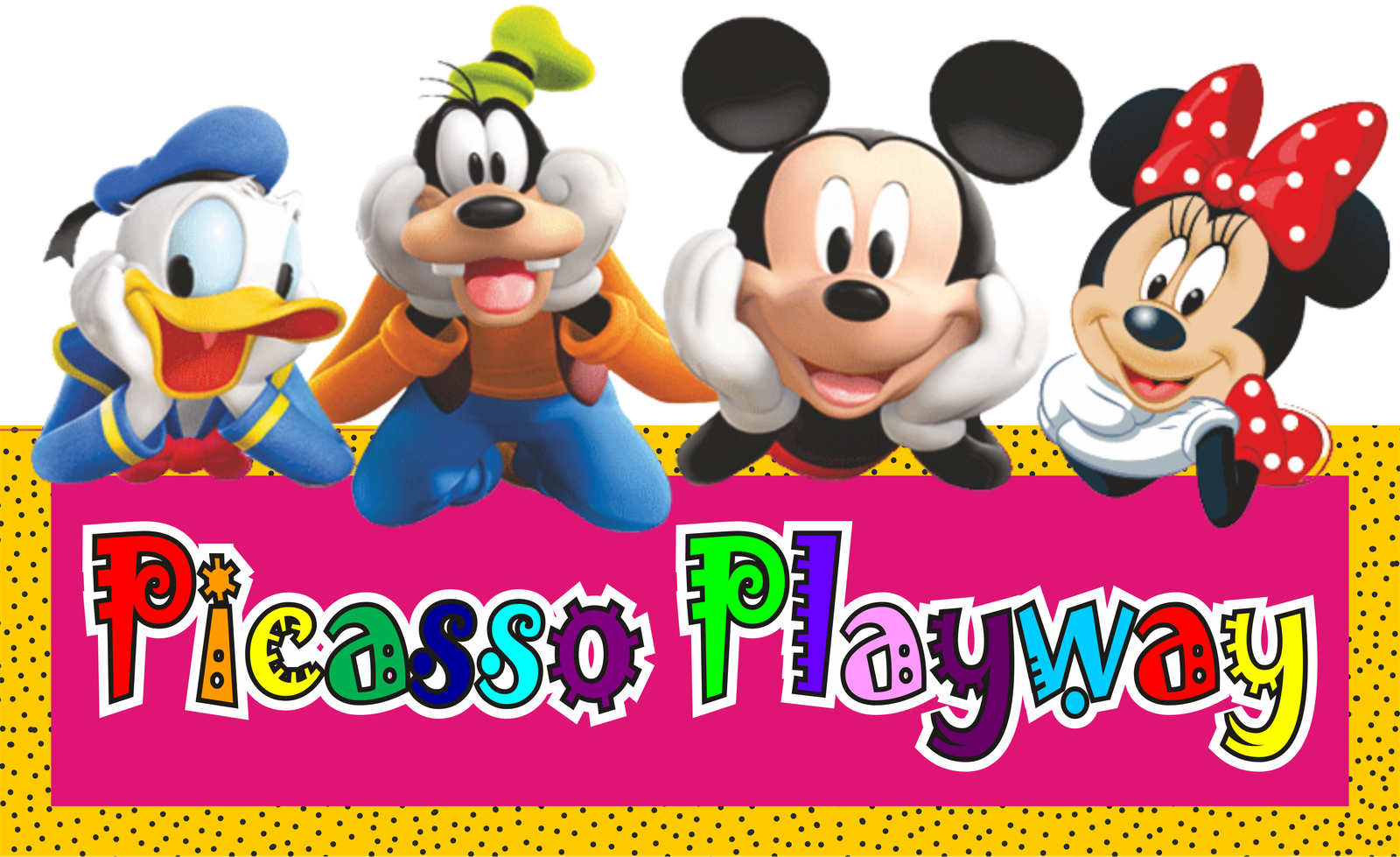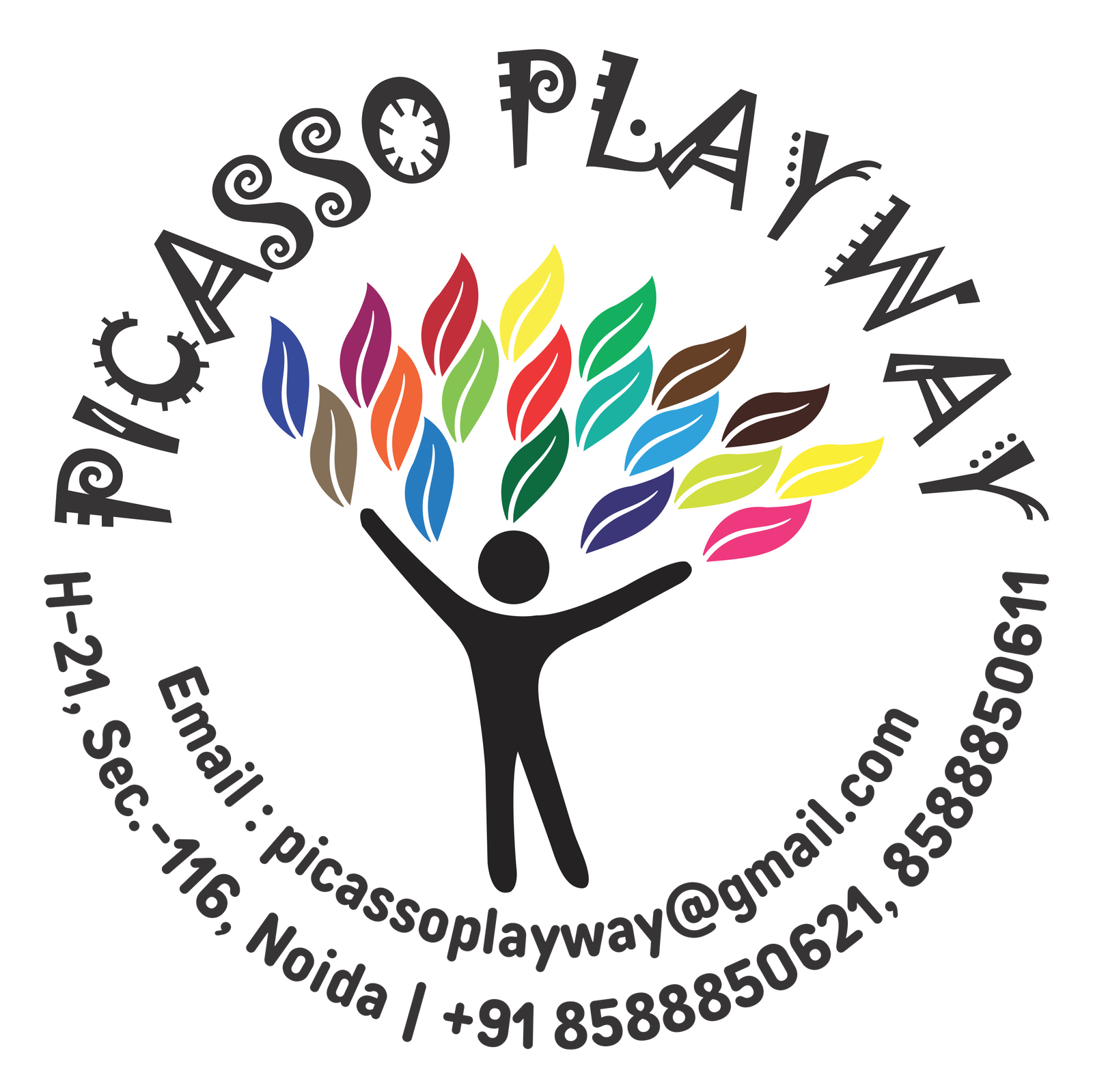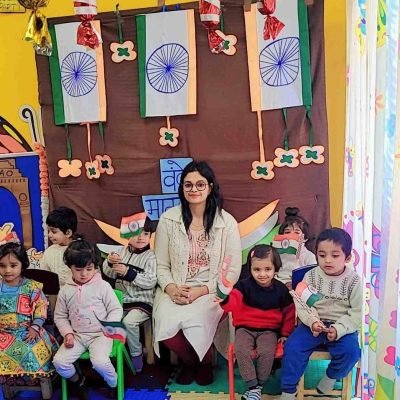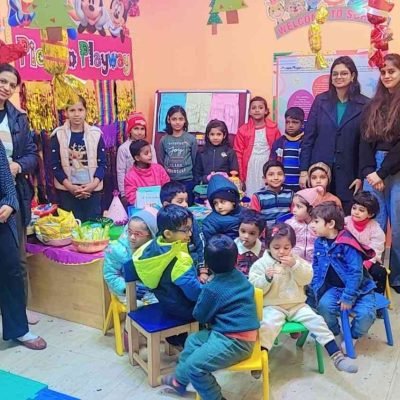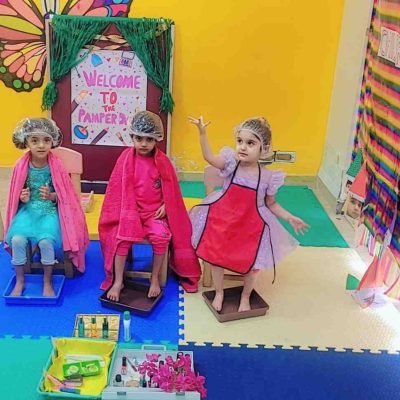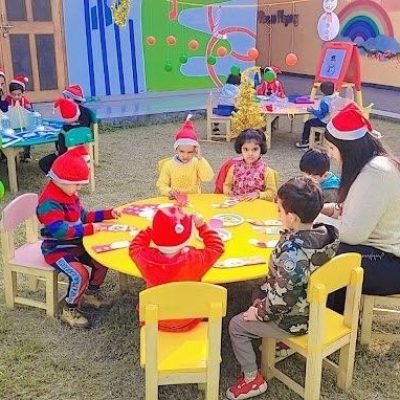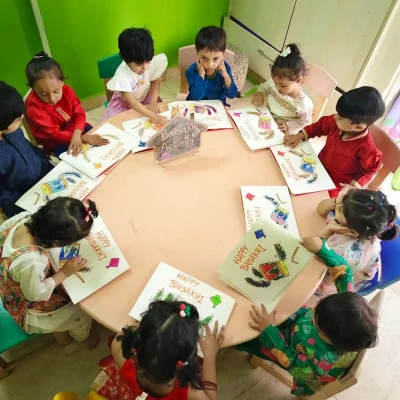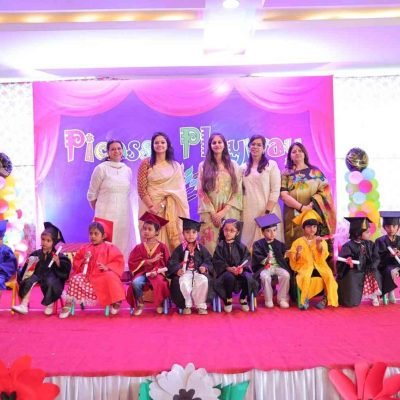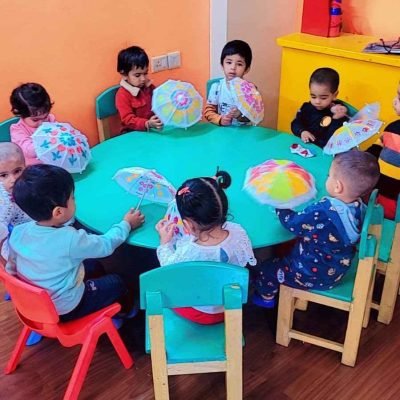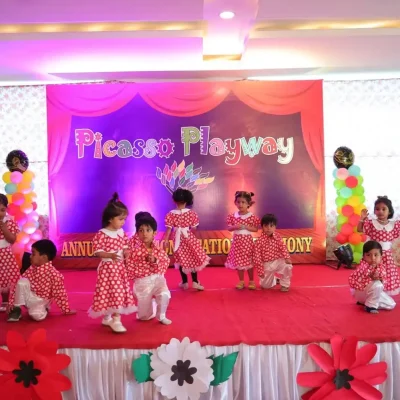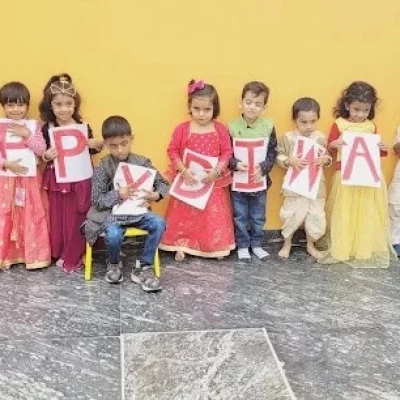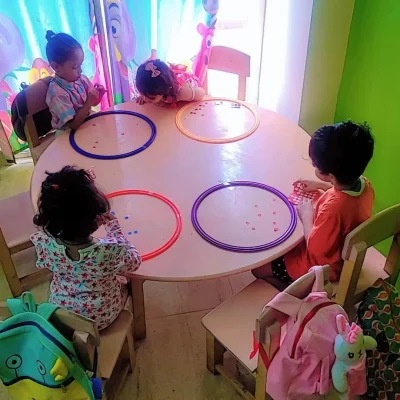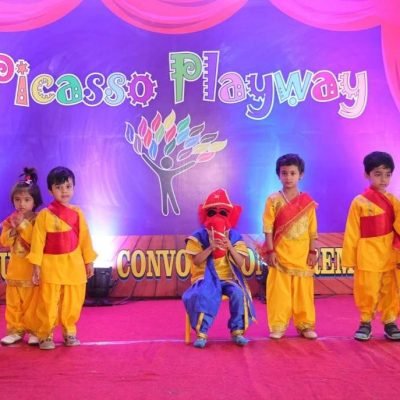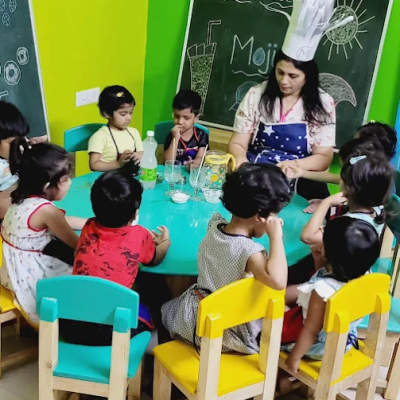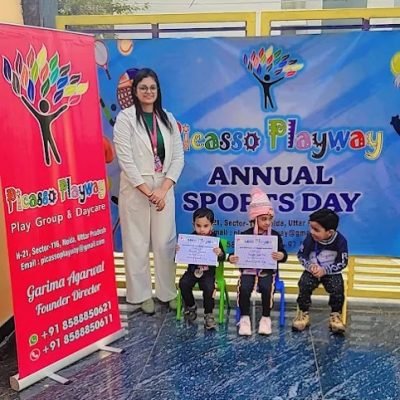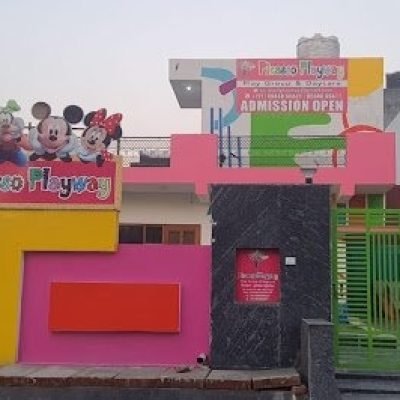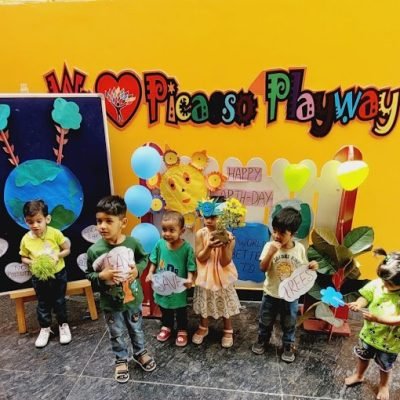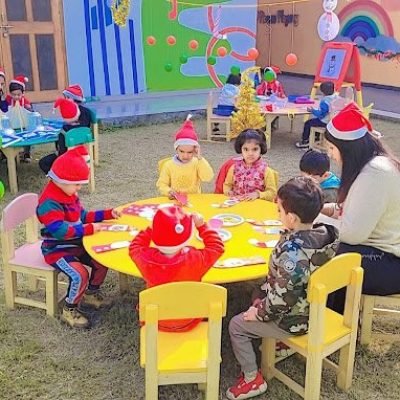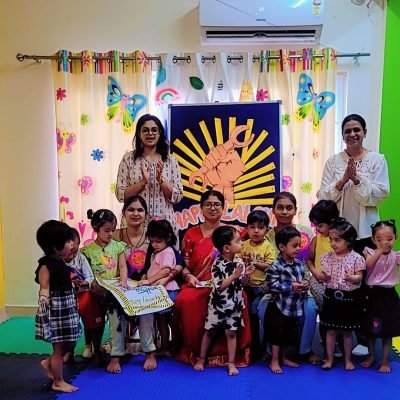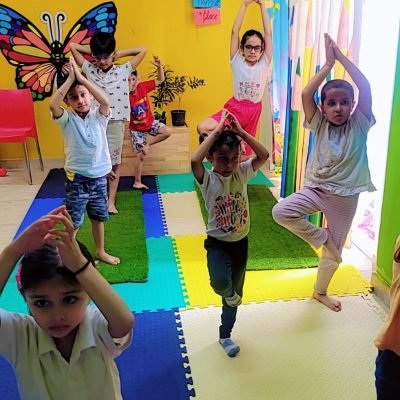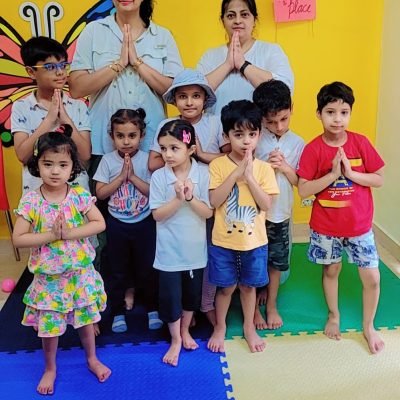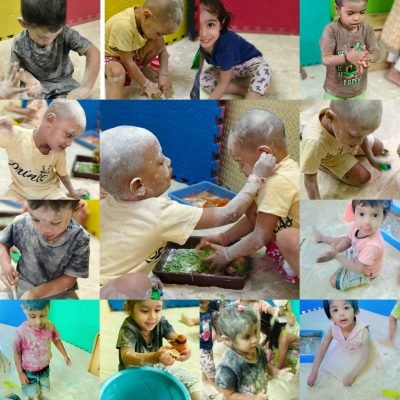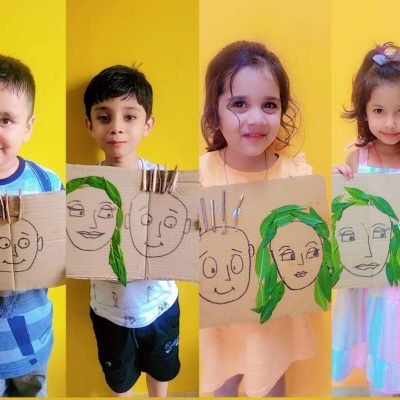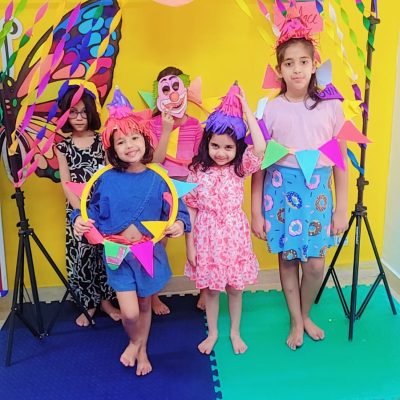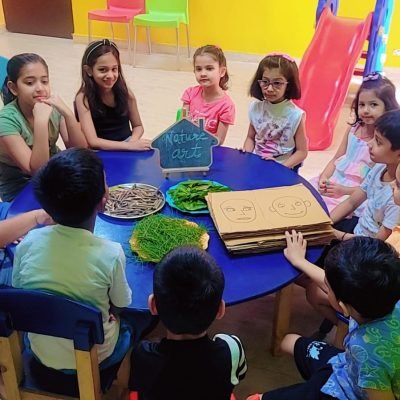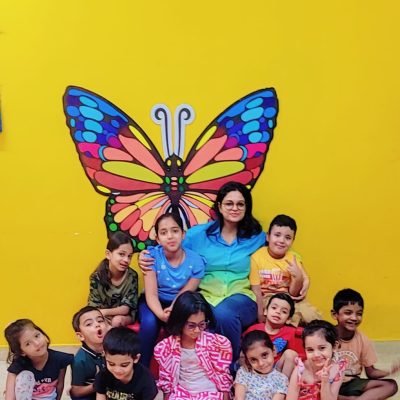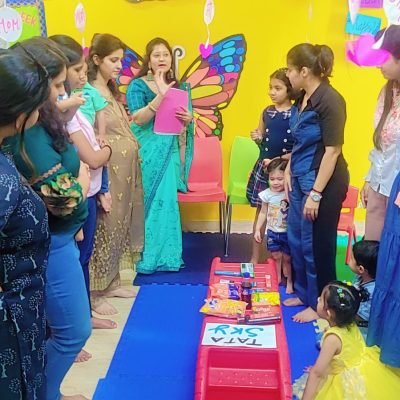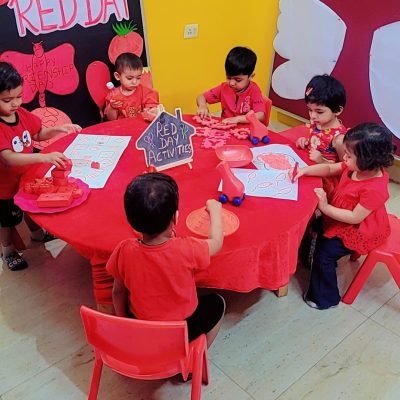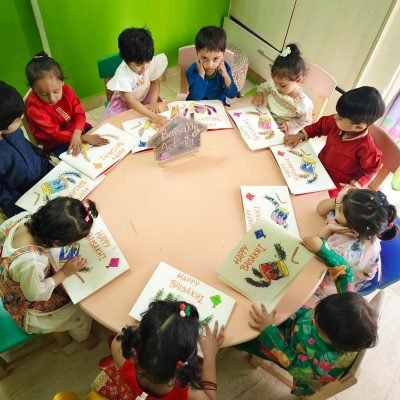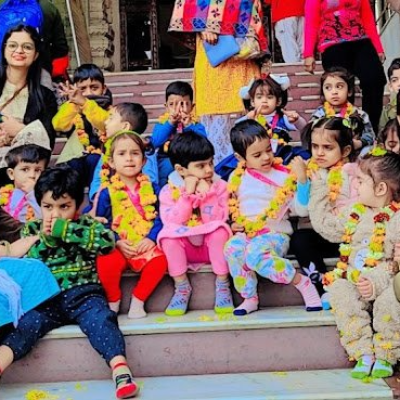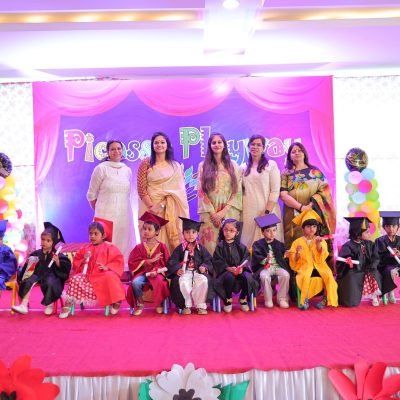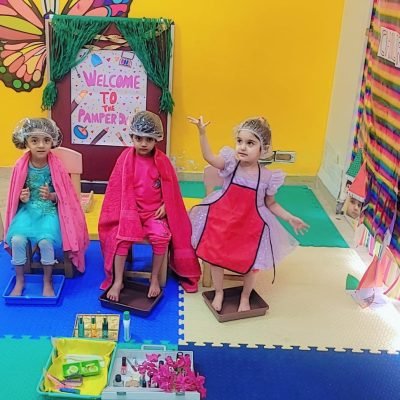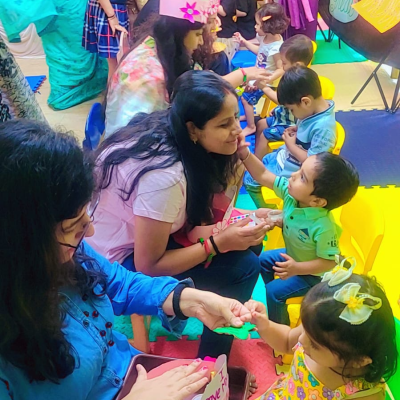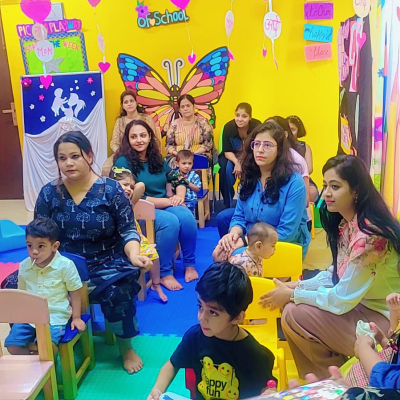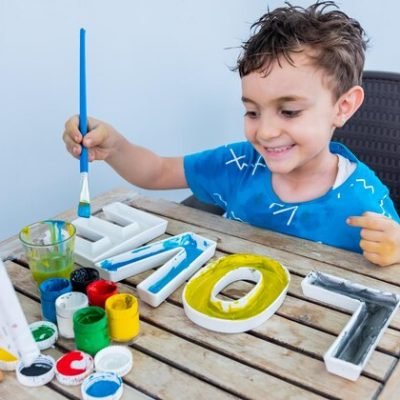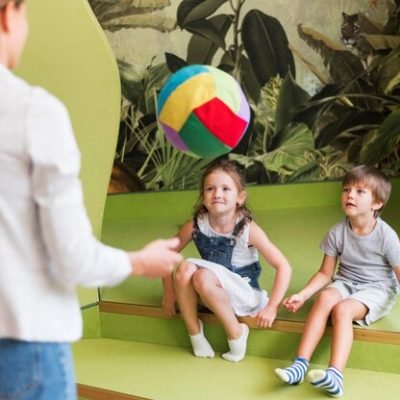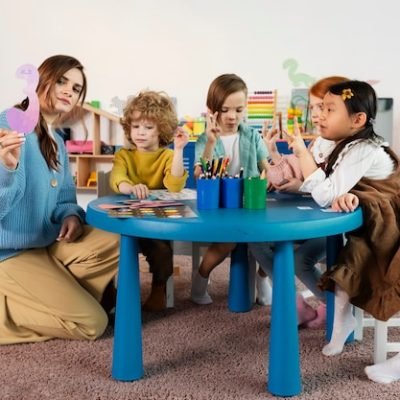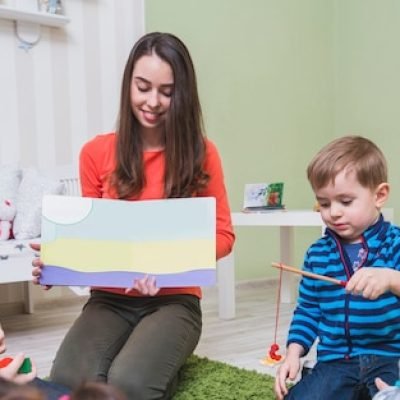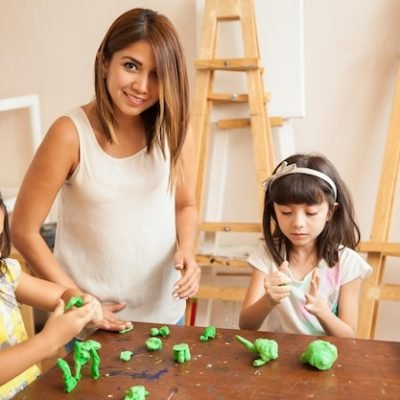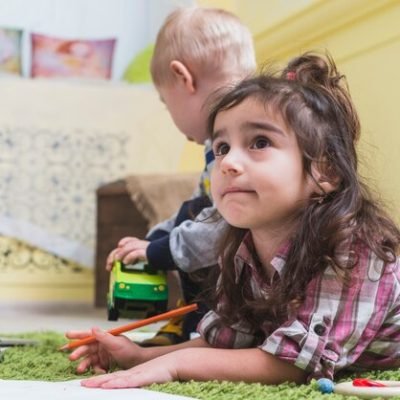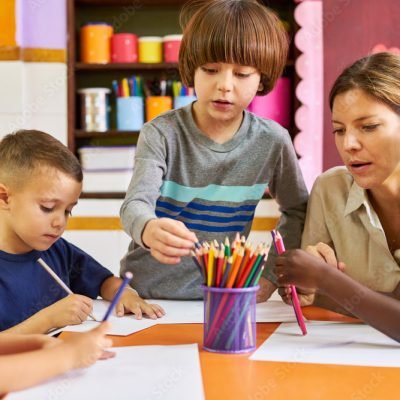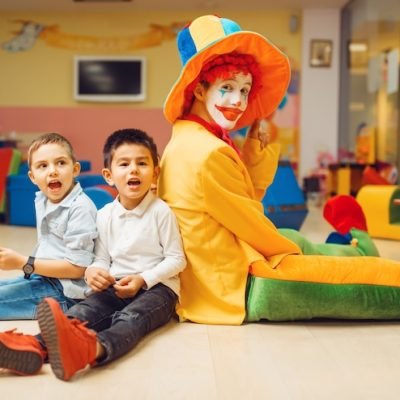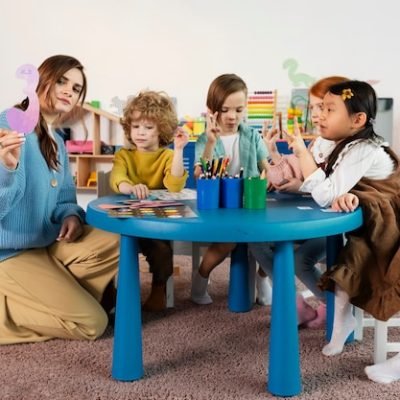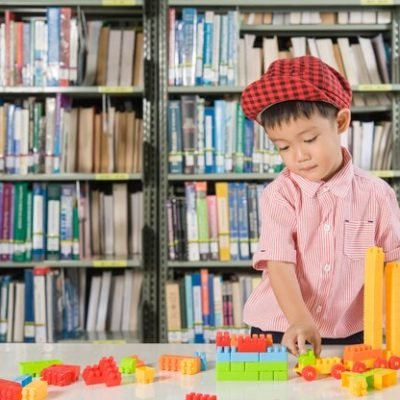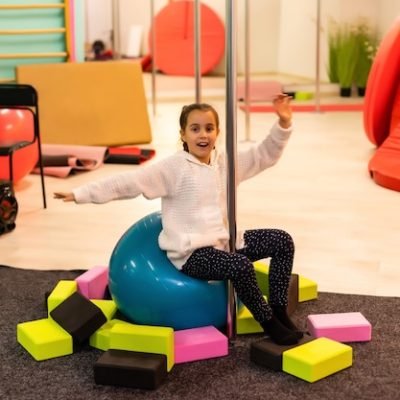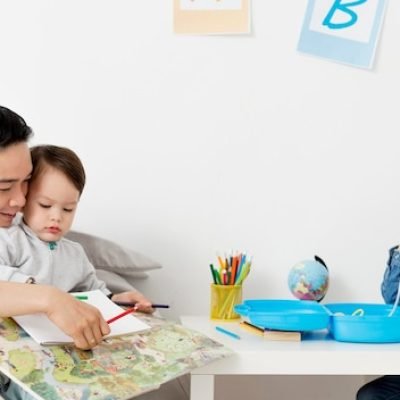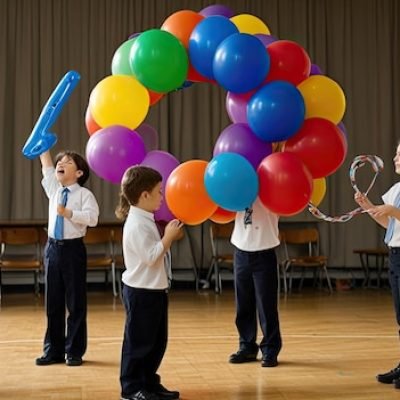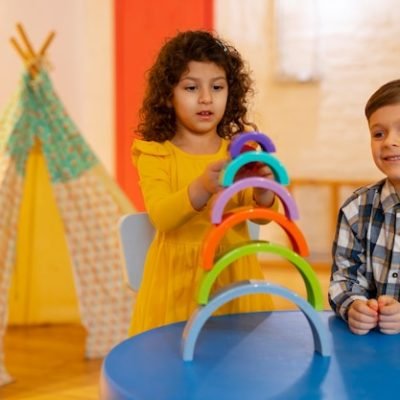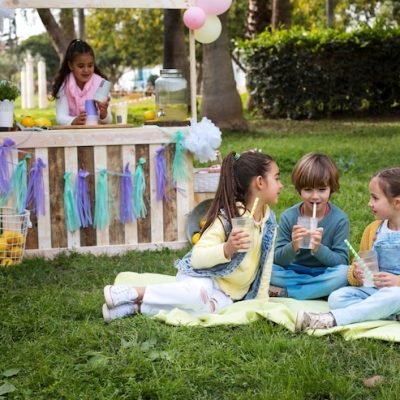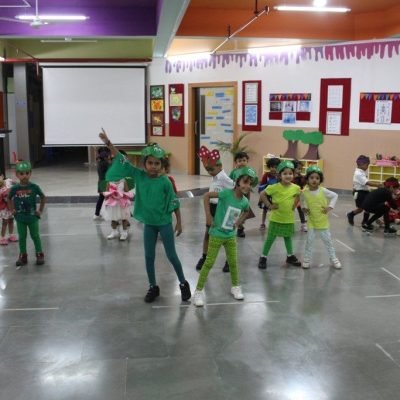Early childhood education plays a crucial role in a child’s development, setting the foundation for lifelong learning. Pre-nursery schools are the first step in formal education, making it essential to design a curriculum that fosters holistic development. This article provides a comprehensive guide to designing an effective curriculum for a Pre-Nursery School in Noida, ensuring it meets the needs of young learners and prepares them for future academic success.
Key Elements of a Pre-Nursery Curriculum
Play-Based Learning
Play-based learning is central to early childhood education, promoting cognitive, social, and emotional development through engaging and interactive activities.
Social and Emotional Development
Developing social and emotional skills is essential for young children, helping them build relationships, manage emotions, and develop empathy.
Cognitive Skills
Activities that stimulate cognitive skills are crucial, fostering problem-solving, critical thinking, and early math and science understanding.
Language Development
Language development is a key focus, with activities designed to enhance vocabulary, comprehension, and communication skills.
Physical Development
Physical activities that promote gross and fine motor skills are vital, supporting overall physical health and coordination.
Designing a Curriculum for a Pre-Nursery School in Noida
Understanding the Local Context
When designing a curriculum for a Pre-Nursery School in Noida, it’s important to consider the local context, including the cultural background, values, and expectations of the community.
Incorporating Cultural Elements
Incorporating local cultural elements into the curriculum helps children connect with their heritage and promotes a sense of identity.
Adapting to the Needs of Modern Families
Understanding the needs of modern families, such as flexible scheduling and parent involvement, is essential for creating a supportive learning environment.
Core Components of the Curriculum
Daily Routine and Structure
A well-structured daily routine provides stability and predictability, helping children feel secure and focused.
Activities and Lesson Plans
Designing diverse and engaging activities and lesson plans ensures that children are exposed to a wide range of learning experiences.
Use of Educational Tools and Resources
Incorporating educational tools and resources, such as books, toys, and digital media, enhances the learning experience.
Role of Technology
Integrating technology in a balanced way can support learning, providing interactive and engaging educational content.
Implementing Play-Based Learning
Importance of Play in Early Education
Play is fundamental in early education, allowing children to explore, experiment, and understand the world around them.
Types of Play Activities
Incorporating various types of play activities, such as free play, guided play, and structured play, supports different aspects of development.
Creating a Stimulating Environment
A stimulating environment with diverse play materials and activities encourages exploration and learning.
Fostering Social and Emotional Development
Building Emotional Intelligence
Activities that promote emotional intelligence help children understand and manage their emotions effectively.
Encouraging Positive Social Interactions
Encouraging positive social interactions through group activities and collaborative play fosters social skills and friendships.
Addressing Behavioral Challenges
Addressing behavioral challenges with empathy and effective strategies ensures a positive learning environment.
Enhancing Cognitive Skills
Activities to Promote Problem-Solving
Problem-solving activities, such as puzzles and games, stimulate cognitive development and critical thinking.
Introducing Basic Math and Science Concepts
Introducing basic math and science concepts through hands-on activities builds foundational knowledge.
Encouraging Curiosity and Exploration
Encouraging curiosity and exploration through open-ended questions and discovery activities promotes a love of learning.
Promoting Language Development
Techniques for Vocabulary Building
Techniques such as storytelling, singing, and conversation help build vocabulary and language skills.
Importance of Reading and Storytelling
Reading and storytelling are crucial for language development, enhancing comprehension and verbal expression.
Encouraging Verbal Expression
Activities that encourage verbal expression, such as show-and-tell and group discussions, build confidence in communication.
Supporting Physical Development
Gross and Fine Motor Skills Activities
Activities that promote gross and fine motor skills, such as climbing, drawing, and building, support physical development.
Importance of Outdoor Play
Outdoor play is essential for physical health, providing opportunities for exercise and exploration.
Integrating Movement in Daily Routine
Integrating movement in the daily routine, such as dance and yoga, promotes overall physical well-being.
Monitoring and Assessment
Tracking Developmental Milestones
Regularly tracking developmental milestones helps ensure that children are progressing as expected.
Regular Assessments and Feedback
Regular assessments and feedback help identify areas for improvement and celebrate achievements.
Involving Parents in the Learning Process
Involving parents in the learning process through regular communication and involvement in activities supports children’s development.
Training and Development for Educators
Importance of Teacher Training
Ongoing teacher training is crucial for maintaining high-quality education and staying updated with the latest teaching methods.
Professional Development Opportunities
Providing professional development opportunities helps educators enhance their skills and knowledge.
Creating a Supportive Teaching Environment
A supportive teaching environment promotes collaboration and continuous improvement among educators.
Engaging Parents and Community
Building Strong Parent-Teacher Relationships
Strong parent-teacher relationships are essential for supporting children’s development and addressing any concerns.
Community Involvement and Support
Community involvement and support create a rich learning environment and provide additional resources.
Organizing Events and Workshops
Organizing events and workshops for parents and the community fosters a sense of belonging and collaboration.
Success Stories
Testimonials from Parents
Testimonials from parents highlight the positive impact of a well-designed curriculum on their children’s development.
Achievements of Pre-Nursery Students
Celebrating the achievements of pre-nursery students motivates them and showcases the effectiveness of the curriculum.
Challenges and Solutions
Addressing Common Challenges
Addressing common challenges, such as diverse learning needs and behavioral issues, with effective strategies ensures a positive learning experience.
Adapting Curriculum to Diverse Needs
Adapting the curriculum to meet the diverse needs of children ensures that all learners are supported and included.
Conclusion
A well-designed curriculum is essential for the success of a Pre-Nursery School in Noida. By focusing on play-based learning, social and emotional development, cognitive skills, language development, and physical development, educators can create a nurturing and stimulating environment for young learners. Continuous assessment, teacher training, and parent engagement further enhance the effectiveness of the curriculum.
For any further queries, Plz visit https://picassoplayway.com/or you can check our social media accounts, Instagram
